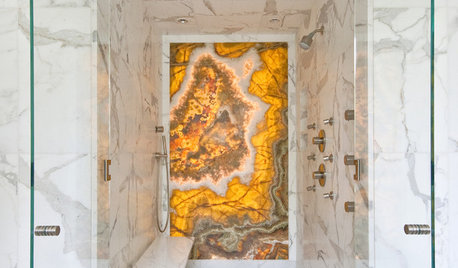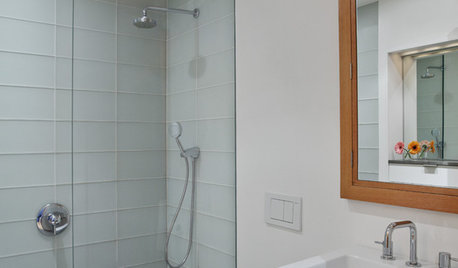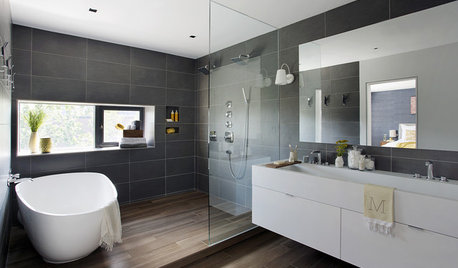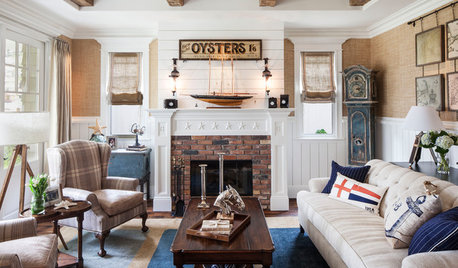Hydroban on Hardibacker Question
enduring
11 years ago
Related Stories

BATHROOM DESIGNHow to Settle on a Shower Bench
We help a Houzz user ask all the right questions for designing a stylish, practical and safe shower bench
Full Story
BATHROOM DESIGNHow to Build a Better Shower Curb
Work with your contractors and installers to ensure a safe, stylish curb that keeps the water where it belongs
Full Story
BATHROOM DESIGNConvert Your Tub Space Into a Shower — Waterproofing and Drainage
Step 4 in swapping your tub for a sleek new shower: Pick your waterproofing materials and drain, and don't forget to test
Full Story
BATHROOM DESIGNConvert Your Tub Space to a Shower — the Planning Phase
Step 1 in swapping your tub for a sleek new shower: Get all the remodel details down on paper
Full Story
GARDENING AND LANDSCAPINGHow to Pick a Nice Wall for Your Garden Room
Made by hand, prefab or growing from the ground, garden walls are key landscaping elements. Here's what to think about for your yard
Full Story
REMODELING GUIDESTransition Time: How to Connect Tile and Hardwood Floors
Plan ahead to prevent unsightly or unsafe transitions between floor surfaces. Here's what you need to know
Full Story
SHOWERSYour Guide to Shower Floor Materials
Discover the pros and cons of marble, travertine, porcelain and more
Full Story
FIREPLACESWhat Goes With a Redbrick Fireplace?
Play up or tone down your redbrick fireplace by pairing it strategically with other colors and materials
Full StoryMore Discussions










cat_mom
enduringOriginal Author
Related Professionals
Amherst Kitchen & Bathroom Designers · Baltimore Kitchen & Bathroom Designers · Carlisle Kitchen & Bathroom Designers · Beachwood Kitchen & Bathroom Remodelers · Eagle Mountain Kitchen & Bathroom Remodelers · Jefferson Hills Kitchen & Bathroom Remodelers · Pico Rivera Kitchen & Bathroom Remodelers · Port Charlotte Kitchen & Bathroom Remodelers · Schiller Park Kitchen & Bathroom Remodelers · Sharonville Kitchen & Bathroom Remodelers · East Millcreek Glass & Shower Door Dealers · Paradise Valley Glass & Shower Door Dealers · College Park Glass & Shower Door Dealers · Little Chute Cabinets & Cabinetry · Saint James Cabinets & Cabinetrybill_vincent
bill_vincent
enduringOriginal Author
cat_mom
enduringOriginal Author
cat_mom
enduringOriginal Author
cat_mom
bill_vincent
cat_mom
enduringOriginal Author
bill_vincent
enduringOriginal Author